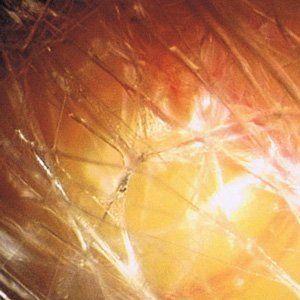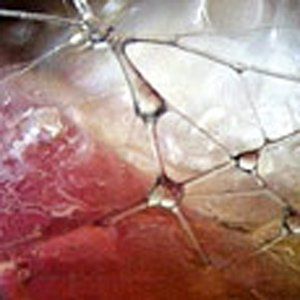What is Structural Integration?
Anatomy Trains Structural Integration (ATSI) is a form of manual therapy that targets the fascial system and aims to create balance in the body, relieve areas of tension and pain and improve movement patterns. Fascia is connective tissue and is designed to be pliable and move freely with muscles and bone. It can lose its pliability and become short, tight and more dense due to injury, repetitive strain and overuse patterns. ATSI consists of slow, deep stretching techniques combined with the client's movement and use of breath to open these fascial restrictions.
Founded by Ida Rolf, Structural Integration (SI), often known as Rolfing Structural Integration® (RSI) has been recently enhanced by Thomas Myers. He studied with her directly and has created his own lineage of treatment using the Anatomy Trains Myofascial Meridians. These map the fascial connectivity through the muscles, bones and ligaments, linking them into functional patterns throughout the body.
Typically when you visit a Rolfer® in Toronto they will take you through a 10 series of sessions while Anatomy Trains Structural Integration is delivered as a systematic series of 12 sessions. To call yourself a Rolf Structural Integrator® you must have attended one of two schools in the USA, though there are 20 recognized schools offering education for Structural Integration globally. I like to compare Structural Integration / Rolfing® to Yoga or Pilates from a treatment approach standpoint. The goal is always the same but the way the teacher gets you there may be a little different depending on the education and the skills of the manual therapy practitioner.
You will gain the most benefit by committing to the 12-series as we will follow all 12 Anatomy Trains myofascial lines and tie them together with integrating sessions. You can experience ATSI and see its positive effects on your body through the 4-series. These 4 sessions involve working through the first 3 sessions of the 12 series then a targeted session on the areas you need the most work.
Who can benefit from Structural Integration?
*If you are suffering from chronic pain and tension in your body
*If you are still feeling the long term effects of an accident or injury
*If you are looking to improve your overall posture and movement
*If you are physically active and want to improve mobility and prevent potential injuries
*If you have not found resolution to your pain through traditional methods of Massage Therapy, Chiropractic and Physiotherapy.
Why is Anatomy Trains Structural Integration 12 sessions?
The purpose of the work is to balance your body better in gravity and improve movement patterns. The 12 sessions over 4 months allow us to systematically work through and unwind all the compensations your body has created over time. Each session is dedicated to a specific area or myofascial line of the body. We are looking to change the pattern of your body and not just treat the symptoms.
How does Structural Integration feel?
There is usually little lotion used during structural integration sessions so work with the fascial tissues can be 'sensation-ful' including the feeling of stretching or burning at times. We will work within your comfort level and utilize your breath to work through those areas that are extra sensitive. I will always check in with you about pressure and work at the depth in which you are most comfortable.
What happens during my initial assessment and treatment?
During our first session we will talk about your health history, past injuries and current issues you would like to work on throughout the series. From there we will move into a postural and movement assessment. This will allow us to see any structural patterns and movement restrictions that need attention and allow me to create a strategy for the sessions. We will have time for a short session for you to feel and see how I work and we will discuss the best plan of care for you.
What can I wear during the sessions?
Most structural integration sessions are conducted in running shorts for men and a sports bra and yoga / running shorts for women. You should be comfortable and feel secure enough to move around on and off the table. I can work within most people's comfort level but the more that we can see and access, the better results you will have with the treatment. Please speak to me if you have any reservations about clothing options before attending your appointment.
What are the sessions like?
During each session we will follow a different myofascial line and work a variety of areas to address your specific pattern. The session will begin with a short assessment and performed with you lying on a massage table, seated on a bench and often standing many times or performing movements to evaluate the changes that occur. This allows us to see the effectiveness of the work as we go and to narrow in on the real problem areas.
I'm a pretty easy going person so if you want to chat with me that's fine, if you want to focus on breathing and the changes happening in the session I'm okay with that as well. At the end of each session I typically offer some exercises or cues for you to work on during the following weeks. These are important for you participate in for the series to be successful.
What is your cancellation / missed appointments policy?
I appreciate as much notice for cancellations as possible and ask for a minimum of 24 hours notice. Please note that the full fee is charged for missed appointments or a 24-hour advanced notice was not given.
There is no charge for missed appointments due to sudden emergencies, however some notice is appreciated when possible.



HOURS
CONTACT
All Rights Reserved | Structural Integration Toronto
